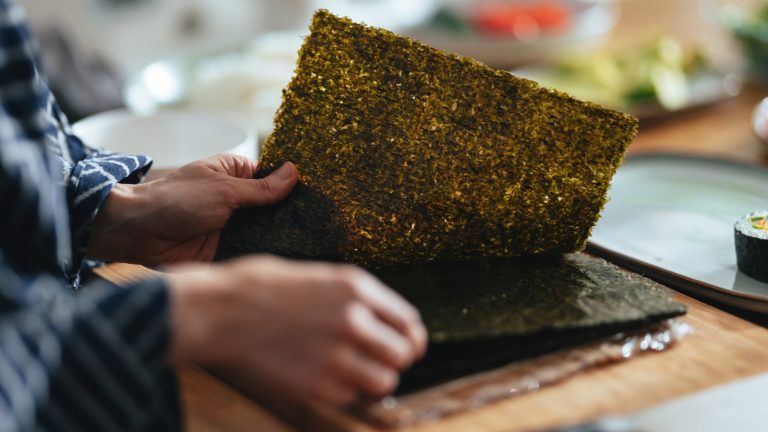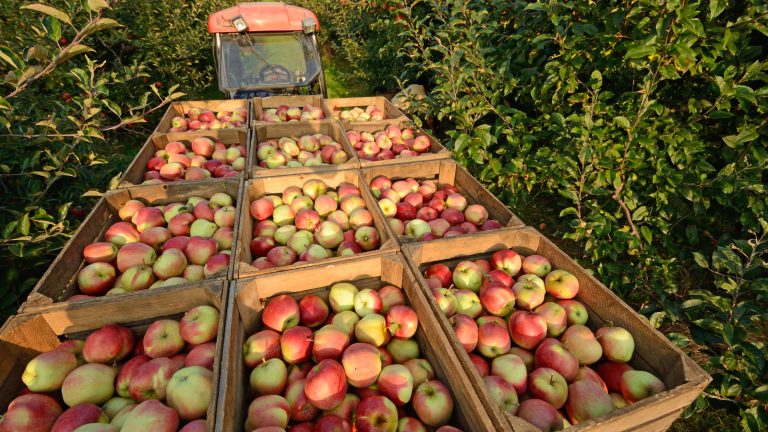We may receive a commission on purchases made from links.
There are endless tasty food options for a mouthwatering charcuterie board, but one could argue the most vital is the cheese. From smooth and creamy brie to firm, aged gouda, a variety of soft and hard cheeses is often the main feature of a charcuterie (don’t forget the important tip for adding stinky cheeses to your charcuterie board). When serving cheese on your artfully organized grazing plate, it’s equally important to include the proper cheese knives to make slicing easy. There are a variety of fancy cheese knives available for purchase, but feel free to save some money and acquire the only two that are really needed for your board: a chef’s knife and a soft cheese knife with a long, thin blade.
The type of cheese knife you need depends on the texture of the cheese. There are numerous cheeses with various textures that are perfect for your plate, although there are some cheeses you should avoid buying for a better charcuterie board. For hard or firm cheeses like Parmesan, asiago, Gruyère, cheddar, and Manchego, it’s best to use a knife with a sharp, wide blade that will smoothly slice (like a chef’s knife). For soft, creamy, or crumbly cheeses like brie, goat cheese, mozzarella, and gorgonzola, use a soft cheese knife with a super-narrow blade that will resist smashing or sticking to the cheese.
Knife options for various cheeses
Not including the proper cheese knives is an easily avoidable mistake when building a charcuterie board. Luckily, the two knives you need are available for purchase online.
For a knife that will expertly cut through hard and firm cheeses, consider the well-reviewed, well-priced MasterChef 13″ Chef Knife (8-inch blade). Used on the “MasterChef” television show, this knife features a high carbon stainless steel blade, making it sharper than a regular stainless steel knife. It also boasts a triple-riveted handle, meaning the handle is well-secured to the tang — the portion of the blade that the handle is attached to. This provides a secure grip for cutting firm foods. For a smaller knife that also features high-carbon stainless steel, consider the decently priced and highly reviewed KitchenAid 6-inch Classic Chef’s Knife.
For soft cheeses, look for a knife that is specifically advertised as a soft cheese knife, such as the popular Boska Copenhagen Soft Cheese Knife. This lightweight knife has a thin, non-stick, offset blade that will make cutting into creamy cheeses a breeze. Made of stainless steel, the knife is both durable and rust-resistant.
While not mandatory for your collection, there are numerous other cheese knife options. For instance, a skeleton knife contains holes in the blade to prevent soft cheeses from smushing, while a pronged knife has a sharp blade that’s ideal for firm cheeses and a fork at the end that can be used to stab and eat the chunk you just cut.






